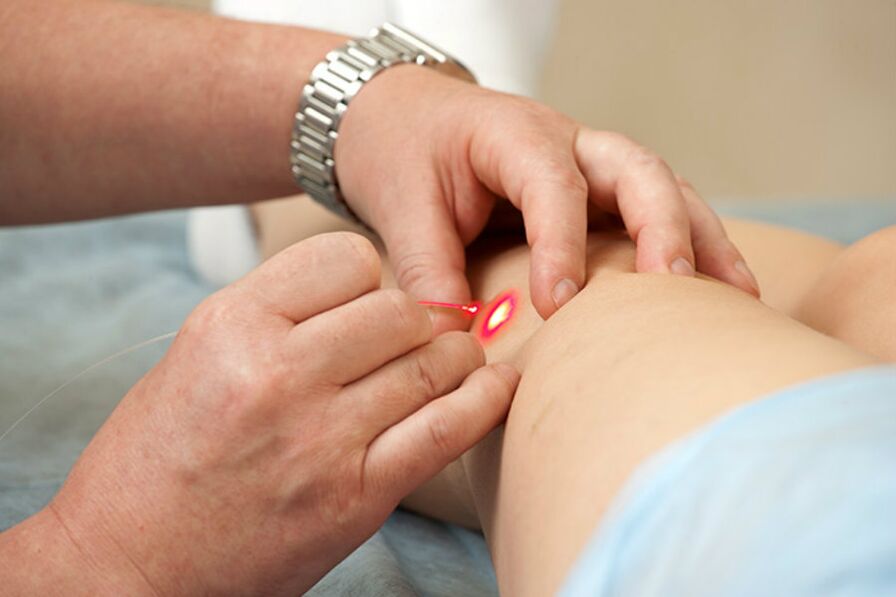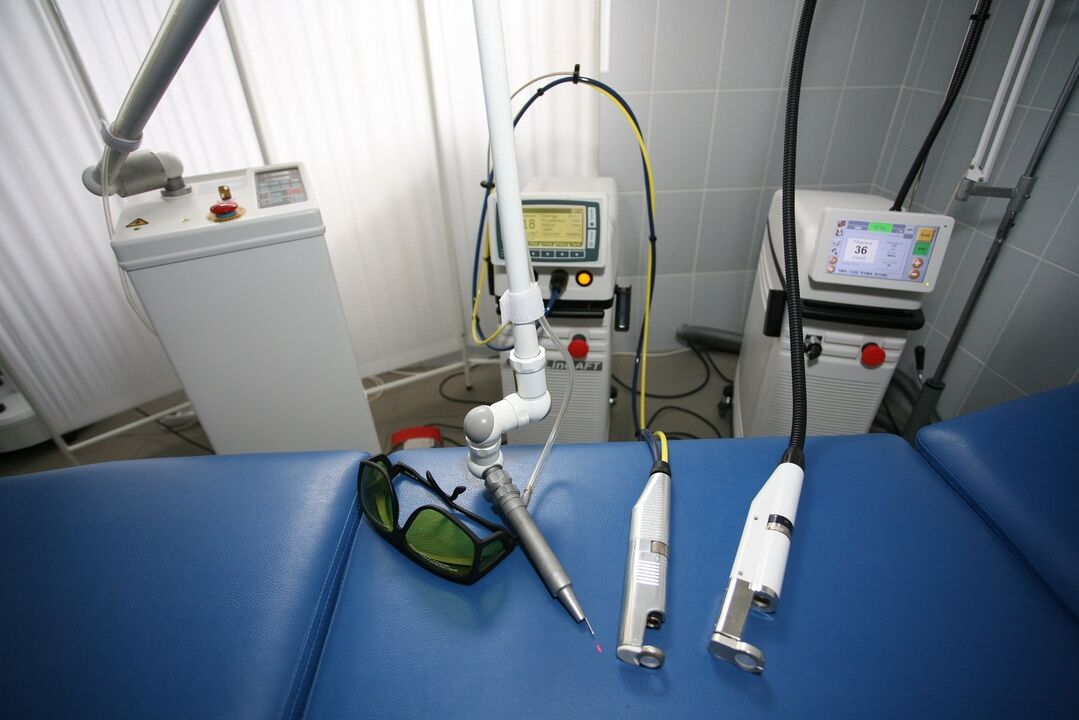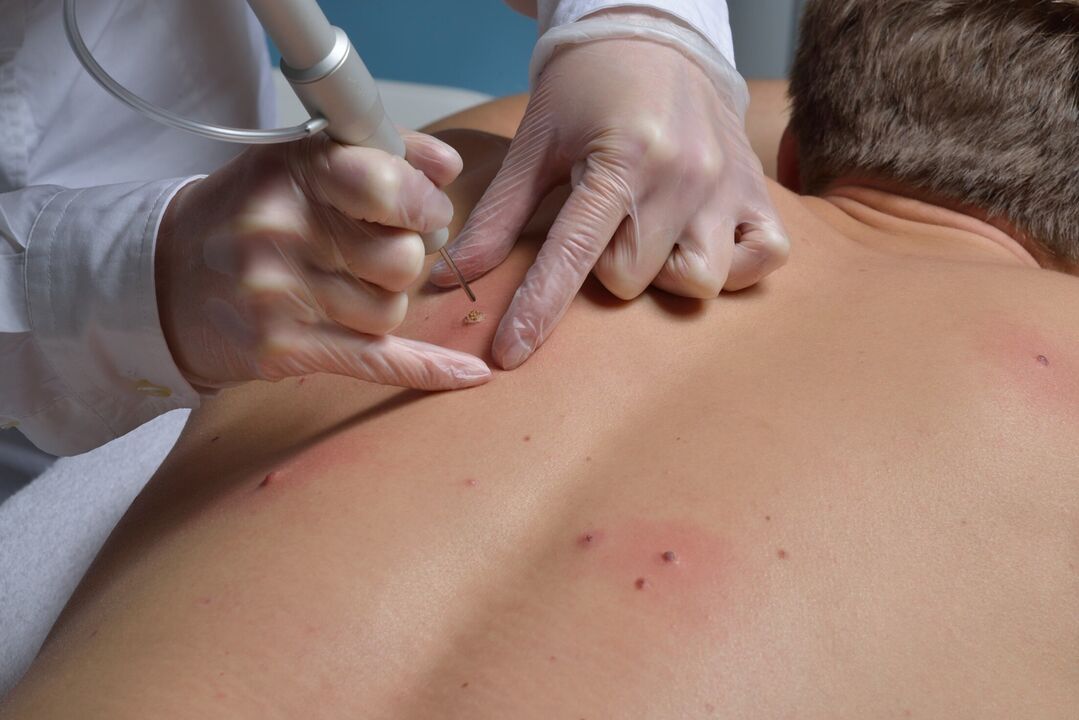Clinical manifestations of human papillomavirus infection are expressed in ugly wart formations in various parts of the body. Today, modern medicine and cosmetology offer a number of different ways to remove such growths. But the most effective method is laser wart removal, which is recommended for both adults and children.
As many reviews have shown, the benign formations on the skin are burned painlessly and quickly by the laser. The procedure uses modern equipment that allows precise adjustment of the depth required to treat tissues damaged by wart growth. This eliminates the occurrence of relapses and the formation of nasty scars.
The purpose of laser wart removal
Different types of warts can be burned with a laser beam on any part of the human body. Such procedures are performed by highly trained professionals in specialized health centers using state-of-the-art equipment. This method is especially effective for removing the following types of warts:

- apartment;
- plantar;
- Normal.
In the absence of contraindications, the removal of benign skin growths with a laser beam is almost always required if the formations are in a prominent position. This is due to the high aesthetics of the procedure. That is, after surgery, healing happens quickly and leaves no scars.
This method is also recommended for cases where the wart needs to be removed in a hard-to-reach place. This is directly related to the features of the device, which provides easy reconfiguration in any part of the body. Using a laser beam, a papilloma of up to 5 mm is cauterized. The electrocoagulation method is recommended for the removal of large warts.
Advice! In children, warts can only be removed with a laser after the age of five, and only if such formations lead to discomfort. This is due to the fact that as the child grows up and the child’s body rearranges, the growths can disappear on their own.
How is laser wart removed?
The procedure of laser removal of warts does not cause any inconvenience and takes up to 5-7 minutes. The event consists of the following stages:

- Anesthesia. If the development of the wart has affected most of the skin, an anesthetic injection is given. But usually using a special anesthetic ointment or gel is enough to relieve the pain.
- Delete. The laser beam is directed at the wart and the benign formation is burned out. After anesthesia, it is not painful at all and the patient only feels a slight tingling sensation.
- Processing. A small wound is treated with an alcohol-free antiseptic, and potassium permanganate solution can be used instead. A disinfectant regenerative dressing is then used.
Advice! You should know that if the accumulation is deeply rooted, it will be cauterized again with a laser beam after a few months. This will prevent relapses from occurring.
Various CO2 surgical lasers are most commonly used to remove benign skin lesions. They are traditionally comparable to a non-contact "scalpel". All operations are painless and guarantee complete sterility due to the natural properties of the laser beam.

When exposed to a laser beam on a wart formation, the protein structures coagulate and the damaged tissues evaporate layer by layer. That is, after such treatment, all the cells affected by the virus are killed. The laser beam ensures that the blood vessels are "welded" along the edges of the wound, which guarantees bloodless surgery and eliminates infection.
Advice! You should know that it is not recommended to sunbathe or visit a solarium for several weeks before laser wart removal.
Contraindications to laser wart removal
Before removing warts with a laser, you should have a test to confirm the good quality of your skin. It is usually sufficient for the specialist to examine the tissues under a microscope, but in case of doubt a biopsy may be required.
Advice! It should be recalled that laser cauterization of malignancies is strictly prohibited.
In addition, there are other contraindications, namely:
- Pregnancy and lactation;
- Diabetes;
- Epilepsy and other seizure disorders;
- Immune deficiency;
- Skin hypersensitivity and intolerance to the anesthesia used.
- Allergy to ultraviolet.
Advice! You can only use a laser to remove warts during pregnancy if they cause discomfort. This can affect plantar growths or formations at friction sites. In this case, it is better to exclude the use of anesthesia so as not to harm the unborn child.
The removal of the laser wart should be postponed if:
- Fever caused by a bacterial or viral infection;
- hypertension;
- Exacerbation of chronic diseases;
- Worsening of herpes.
Restrictions after wart removal
After the wart is removed with a laser, a small bark remains at the treatment site and there may be a slight redness and mild swelling around the wound. It is not recommended to take any action within a few days of the procedure, namely:
- Forcibly remove the resulting bark after laser irradiation;
- Apply any medical or cosmetic product to the healing surface;
- Wipe the wound after wet procedures.

In addition, after laser removal of skin growths, it is important to:
- Avoid prolonged exposure to sunlight until the wound has completely healed;
- Do not visit common areas such as spas, saunas or swimming pools.
- Avoid overheating or hypothermia of treated skin areas.
If you follow the rules of rehabilitation, you can expect the resulting bark to fall off on its own in about two weeks. Within a month, the skin recovers completely and leaves no trace.
The only downside to laser wart removal is the rather high cost of the procedure. But at the same time, the price depends entirely on the size of the accumulation, the depth of penetration of the roots, and the location of the benign formation. In this regard, we can safely state that in most cases, the removal of warts in the early stages of development is quite affordable.























